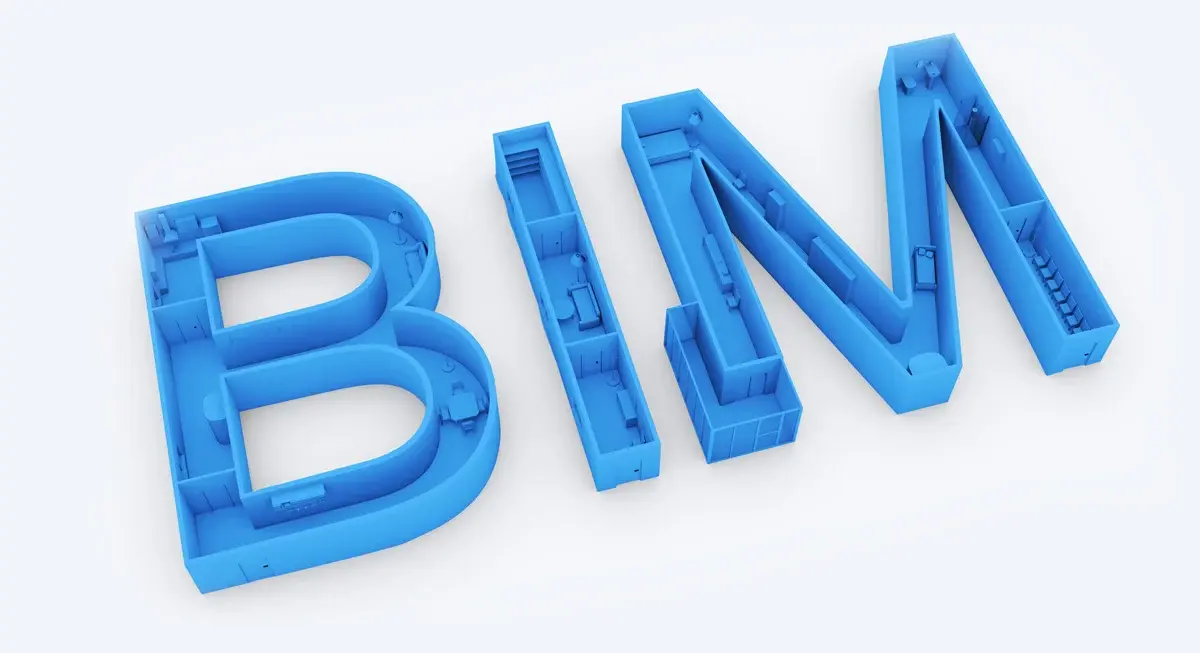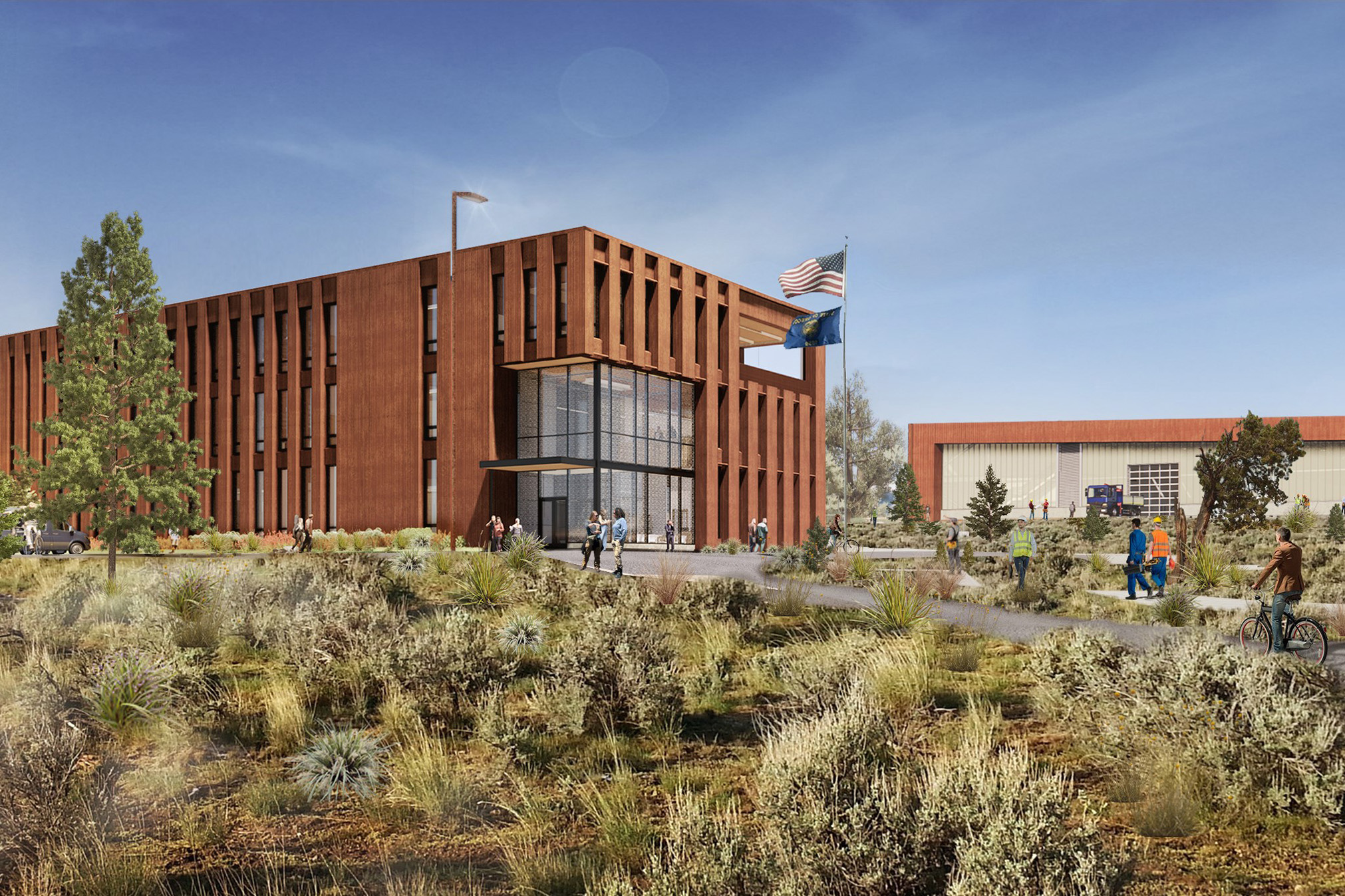
For civil engineers working on-site, the ambition to keep learning often clashes with the demanding realities of their profession. Long 10–12-hour shifts and unpredictable site issues leave little time or energy for focused study. Rapid technological advancements, such as BIM, make it even harder to know where to start or which skills to prioritise. Many civil engineers want to upskill but feel overwhelmed by the vast range of new technologies and are unsure how to learn software like BIM.
This blog explores the real challenges civil engineers face in pursuing continuous learning while managing demanding on-site schedules. It also highlights the growing shift towards flexible, mentor-supported online learning designed to fit around busy work lives. You’ll find practical tips on how to integrate learning into your daily routine while focusing on project-relevant skills. By mastering essential 2025 software tools, including Autodesk’s BIM suite, engineers can thrive in an increasingly tech-driven AEC industry. Platforms like Novatr make upskilling sustainable—turning new knowledge into real career growth and measurable project impact.
The Reality: Why Continuous Learning Feels Impossible on Site?
For civil engineers on-site, the ambition to continuously learn often clashes with the demanding realities of their profession. This creates a significant gap between the desire for professional growth and the practical ability to achieve it.
- The primary barrier is the physical and mental exhaustion from long shifts, which can stretch to 10 or 12 hours, leaving little cognitive energy for focused study.
- The unpredictable environment of a construction site, where issues such as weather delays or supply chain problems require immediate attention, makes it nearly impossible to adhere to a structured learning schedule.
- Even with the motivation to upskill, many civil engineers feel overwhelmed by the rapid advancements in technology, such as BIM and computational design, leaving them unsure where to start or which skills to prioritize for career advancement.
- While many civil engineers are eager to upskill and advance their careers, they often don’t know where to start, feeling overwhelmed by the vast array of new technologies and skills.
The Shift: Learning in the Age of Flexibility
Learning has shifted from rigid schedules to being flexibility-focused. Self-paced modules enable learning in short sprints, during commutes, between site meetings, or after hours, while mentor-led sessions provide accountability, feedback, and a real-world skillset.
Why it works:
- Self-paced learning method builds consistent habits with bite-sized lessons, mobile access, and progress sync, reducing the friction that derails busy professionals.
- Mentor-led touchpoints turn theory into practice through critiques, workflow demos, and career guidance, bridging the gap between “I watched it” and “I can do it.”
- Capstones, reviews, and structured feedback create portfolio evidence and measurable progression, helping learners signal competence to employers.
For civil engineers who want to upskill, this model speeds up BIM adoption, quantification, clash coordination, sequencing, and data-driven RFIs, translating directly to fewer reworks, better planning, and stronger coordination.
Where Novatr fits:
- Novatr’s BIM Professional Course blends self-paced modules with weekly mentor-led sessions, multi-stage capstones aligned to real project phases, and civil-engineer–specific BIM workflows.
- Learners practice on ISO 19650, structured projects, receive structured feedback, and access portfolio and interview support, so learning compounds into outcomes, not just certificates.
- The cadence is realistic: short weekday lessons, predictable live sessions, and focused milestones, making upskilling sustainable without pausing your career.
So here is your chance to stop waiting for change, start building it! Enroll now transform your traditional skills into future-ready BIM expertise.
Practical Tips for Learning Amidst Chaos
Now we move on to balancing the demands of the civil engineering fieldwork with continuous learning requires smart strategies to stay productive and grow, even amidst the daily chaos of on-site challenges. Here are a few tips:
- Break learning into small, manageable sessions that can fit into daily commutes or downtime in the field.
- Use mobile-friendly resources, such as audio lessons or micro-courses, to maximise learning during travel or on-site breaks.
- Prioritise key concepts or modules most relevant to your current fieldwork, focusing learning efforts on immediate practical application.
- Set realistic learning goals per week, and track progress with simple checklists or productivity apps.
- Leverage peer networks or instant messaging groups to resolve doubts and share resources while on-site quickly.
- Develop a system for quick note-taking using voice memos or digital notebooks to capture insights or questions during work hours for review later.
- Schedule weekly review sessions, even if brief, to reinforce new knowledge and connect learnings back to real-world challenges encountered in the field.
- Stay adaptable by being open to changing your learning schedule based on project urgencies, and avoid being discouraged by occasional disruptions
Software Tools To Master In 2025
For a civil engineer wanting to upskill, these are the tools you should start with:
1. AutoCAD (Autodesk)
The foundational drafting and design software for civil engineers, AutoCAD offers precise 2D and 3D modeling capabilities. It remains essential for creating detailed technical drawings, site layouts, and schematics with a user-friendly interface and powerful annotation tools. Its flexibility supports a wide range of civil engineering projects from infrastructure to building design.
2. Revit (Autodesk)
A leading Building Information Modeling (BIM) tool, Revit enables integrated 3D modeling that incorporates architecture, structural, and MEP elements. With features like parametric modeling and clash detection, Revit supports real-time collaboration among multidisciplinary teams, making it indispensable for modern construction engineering workflows.
3. Autodesk Docs (Construction Cloud)
This cloud-based document management platform centralises project documentation and improves collaboration among stakeholders. It streamlines workflows by offering version control, secure file sharing, and real-time updates, reducing errors and ensuring everyone works from the latest information.
4. Autodesk Model Coordination
A specialised tool within Autodesk Construction Cloud, Model Coordination automates clash detection and resolution by integrating various BIM models. It helps teams identify and manage conflicts early in the design phase, increasing efficiency and reducing costly on-site issues.
5. Navisworks (Autodesk)
Navisworks Facilitates project review and coordination by combining 3D models from multiple sources into a single comprehensive view. With tools for simulation, clash detection, and 4D scheduling, it helps project teams ensure constructability and improve project delivery.
6. pyRevit
An open-source add-on for Revit, pyRevit enhances automation and customization through scripting in Python. It empowers engineers to build tailored solutions, automate repetitive tasks, and extend Revit’s functionality to meet specific project needs.
Conclusion
Continuous learning and upskilling are no longer optional but essential for civil engineers aiming to thrive in today’s fast-evolving construction landscape. Despite the rigors of fieldwork and unpredictable site demands, flexible learning models such as self-paced and mentor-led online courses unlock the growth potential.
This is where Novatr’s BIM Professional Course for Civil Engineers comes in. You can focus on mastering key software tools like Autodesk Revit, Navisworks, and pyRevit, learn how to boost productivity, reduce errors, and open new career pathways.
To learn more about upskilling for civil engineer, check out our resources page.
Was this content helpful to you







.png)